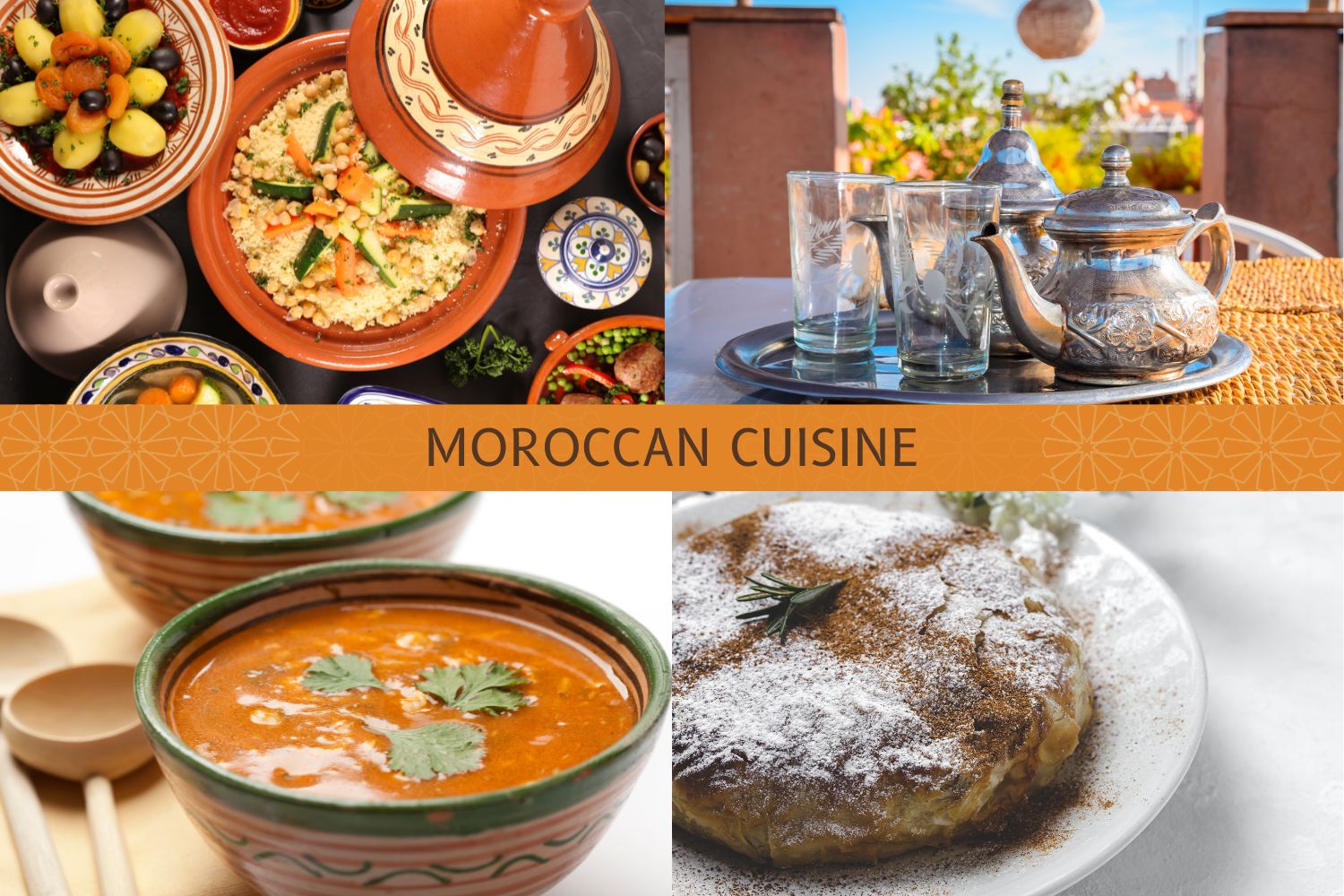
Morocco, a country known for its diverse geography and rich cultural heritage, offers more than just historical wonders. Its cuisine is a treasure trove of flavors and traditions that have evolved over centuries, reflecting the country’s unique history and influences. In this culinary journey, we’ll delve into the enchanting world of Moroccan cuisine, where vibrant spices, aromatic herbs, and age-old recipes come together to create a feast for the senses.
A Tapestry of Flavors
Moroccan cuisine is a tapestry of flavors that reflects the country’s history as a crossroads of trade and culture. It’s a harmonious blend of Berber, Arab, Andalusian, and Mediterranean influences, resulting in a diverse and captivating culinary landscape.
Tagine: The Heart of Moroccan Cuisine
At the heart of Moroccan cuisine is the iconic tagine, both a cooking vessel and the dishes prepared in it. These cone-shaped clay pots allow for slow cooking, allowing flavors to meld and intensify. Tagines come in various forms, with ingredients like lamb, chicken, fish, or vegetables, all simmered with an array of spices and served with couscous or bread.
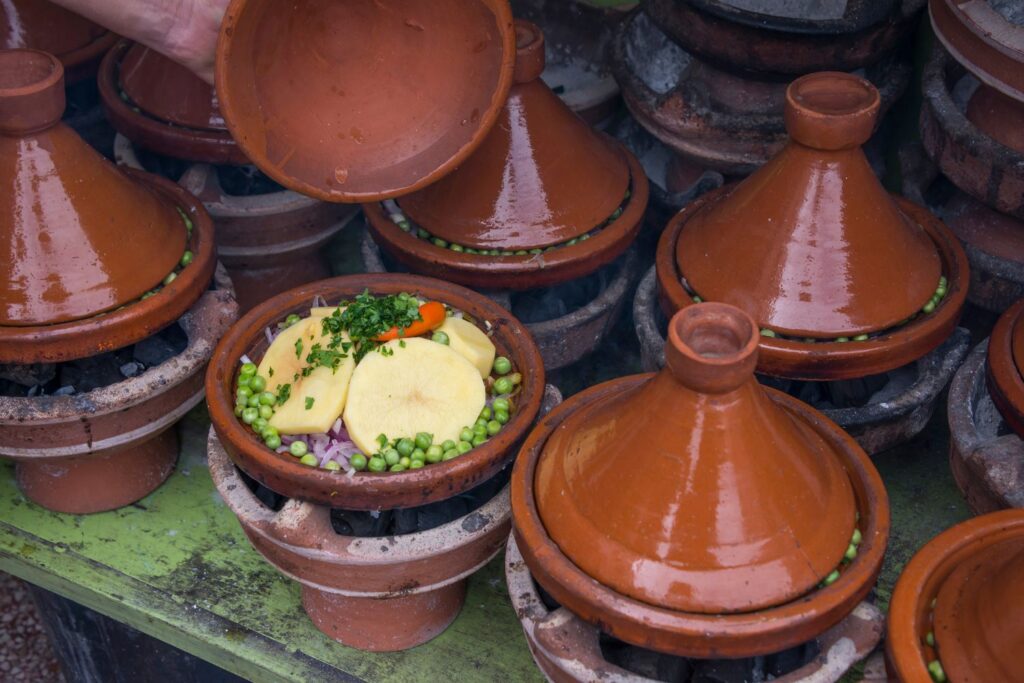
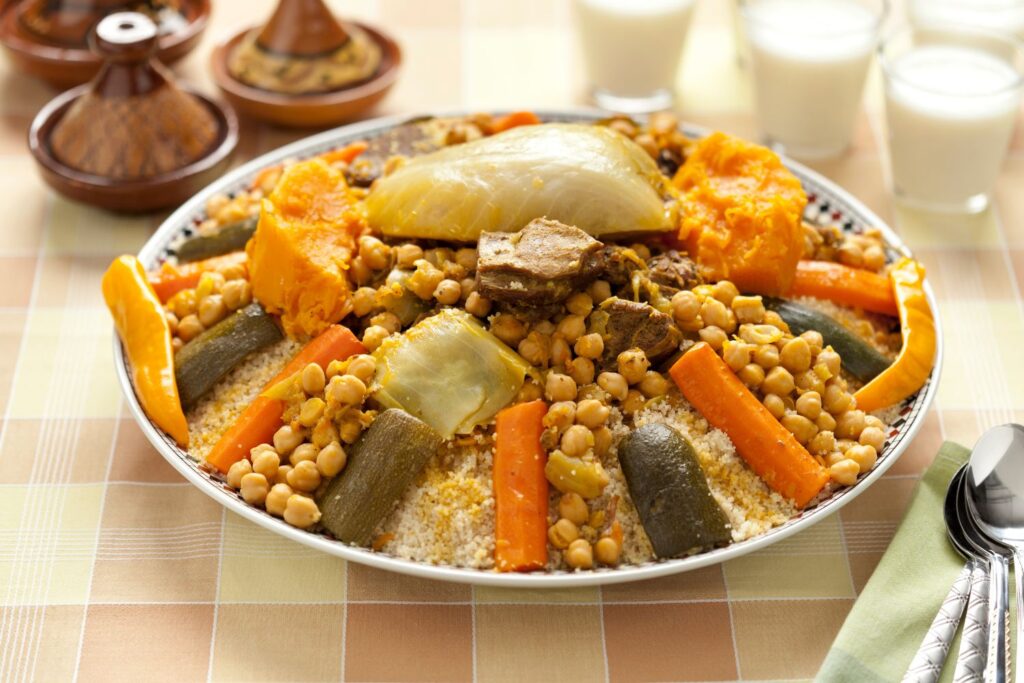
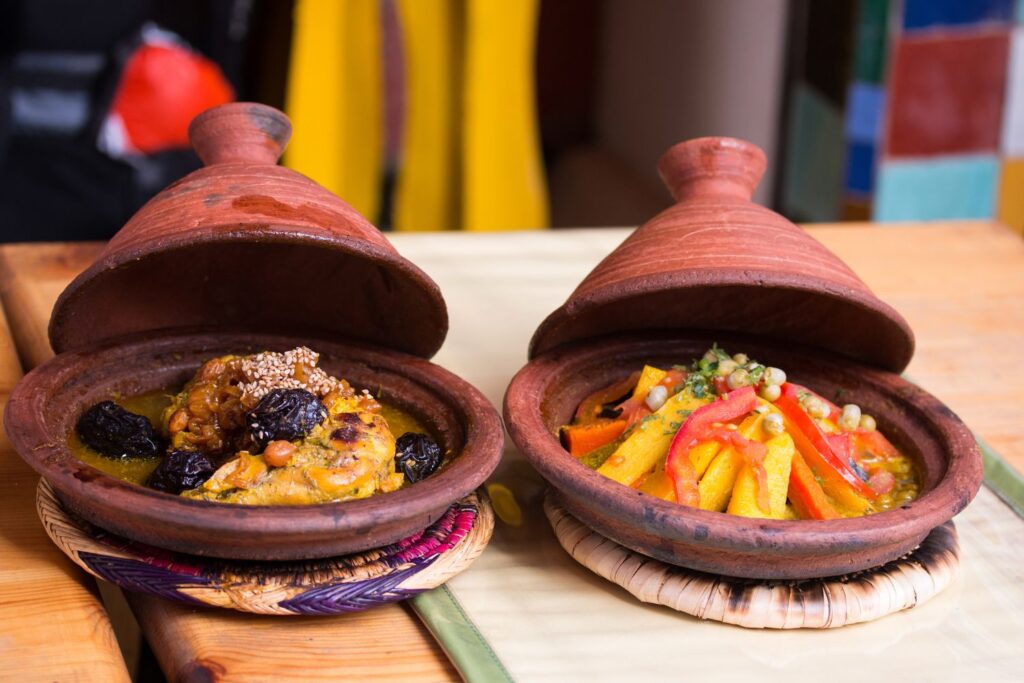
Spices: The Essence of Moroccan Cooking
Morocco is famous for its spices, and they play a pivotal role in its cuisine. The spice market, or “souk,” is a sensory delight, with colorful pyramids of cumin, coriander, paprika, saffron, and the fiery hot chili pepper known as “harissa.” These spices are used generously to infuse dishes with depth and complexity.
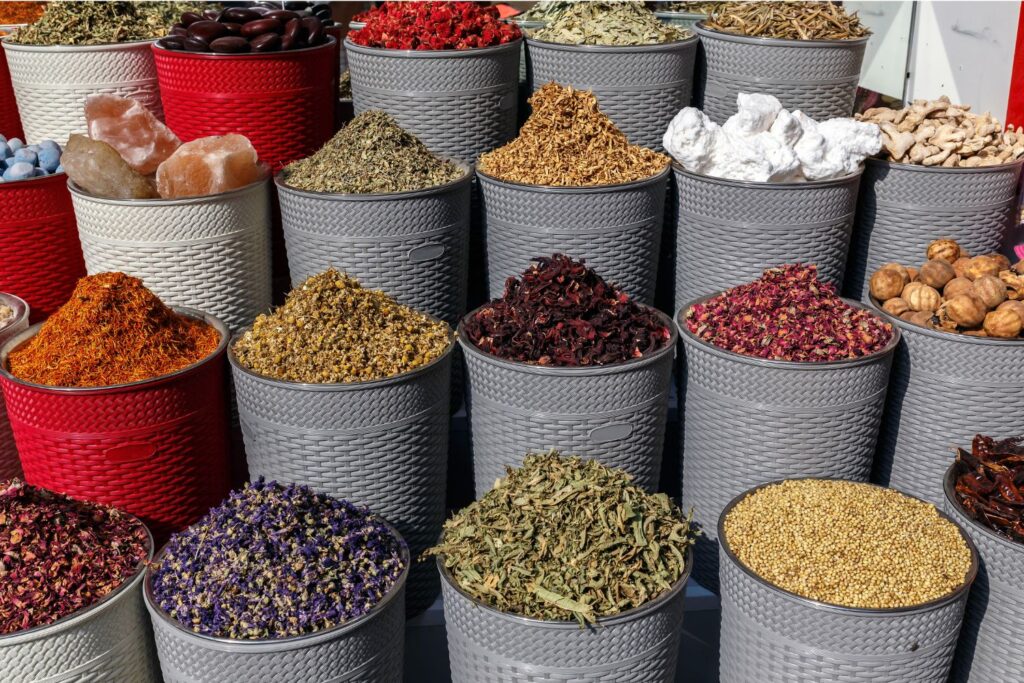
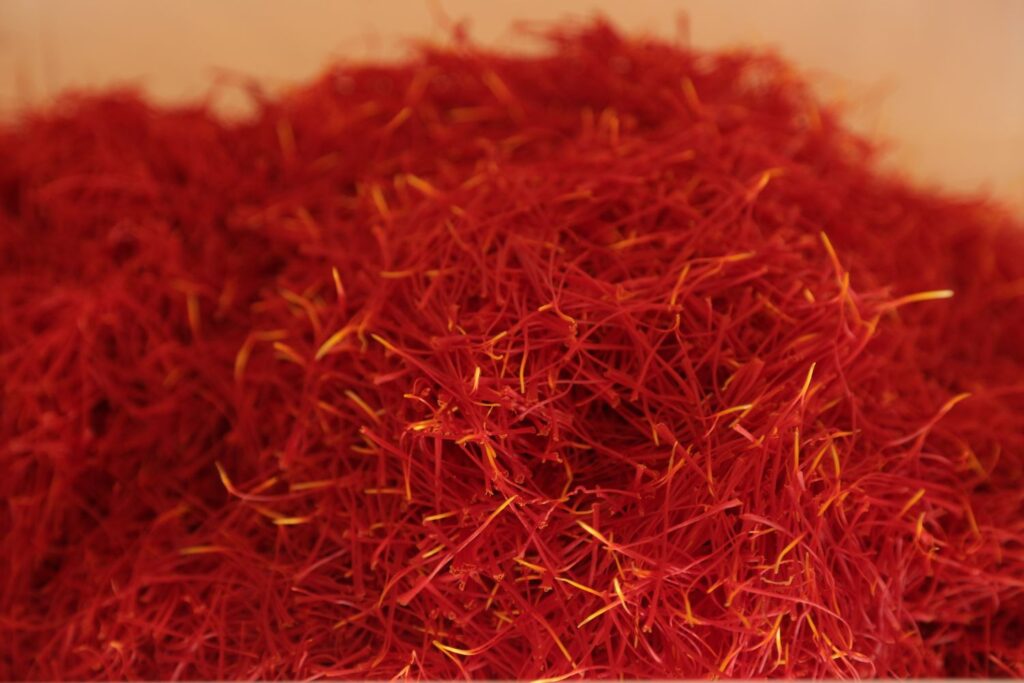
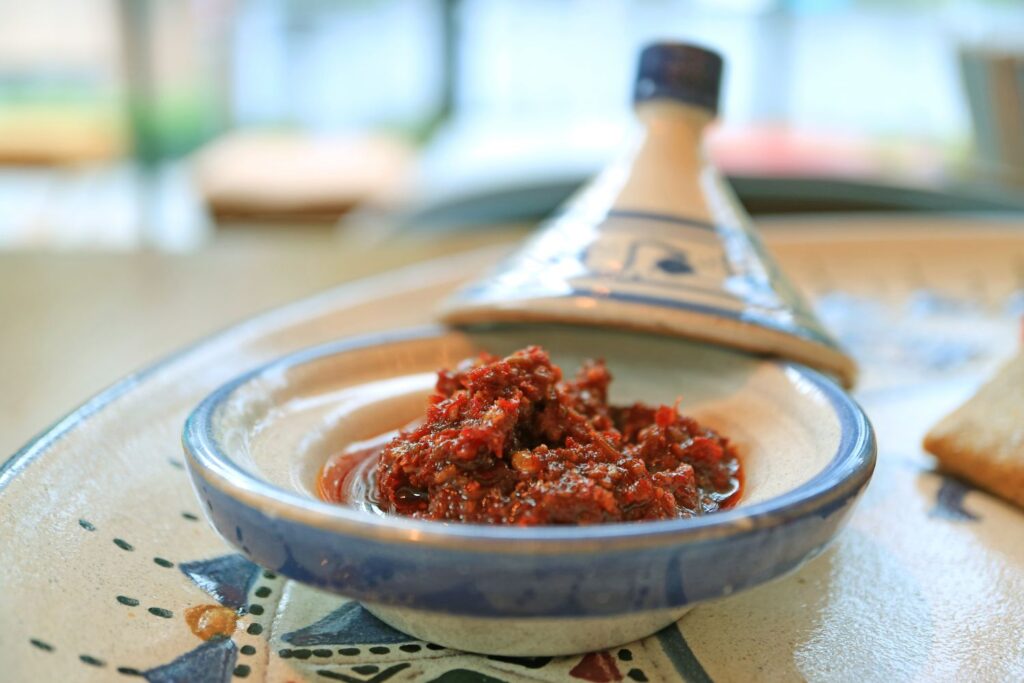
Couscous: A Staple of Moroccan Meals
Couscous is a staple in Moroccan households, often steamed and served as a base for various tagine dishes. It’s not just a side dish but a canvas for creativity, with endless possibilities for flavor combinations. Whether accompanied by tender meat, vegetables, or dried fruits, couscous is a beloved and versatile component of Moroccan cuisine.
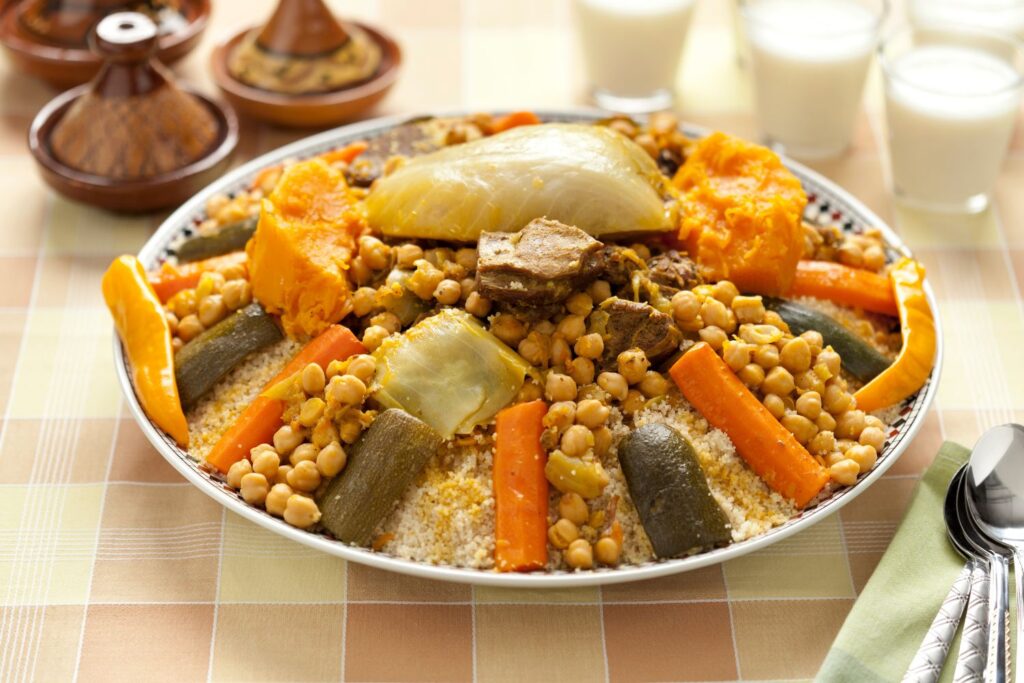
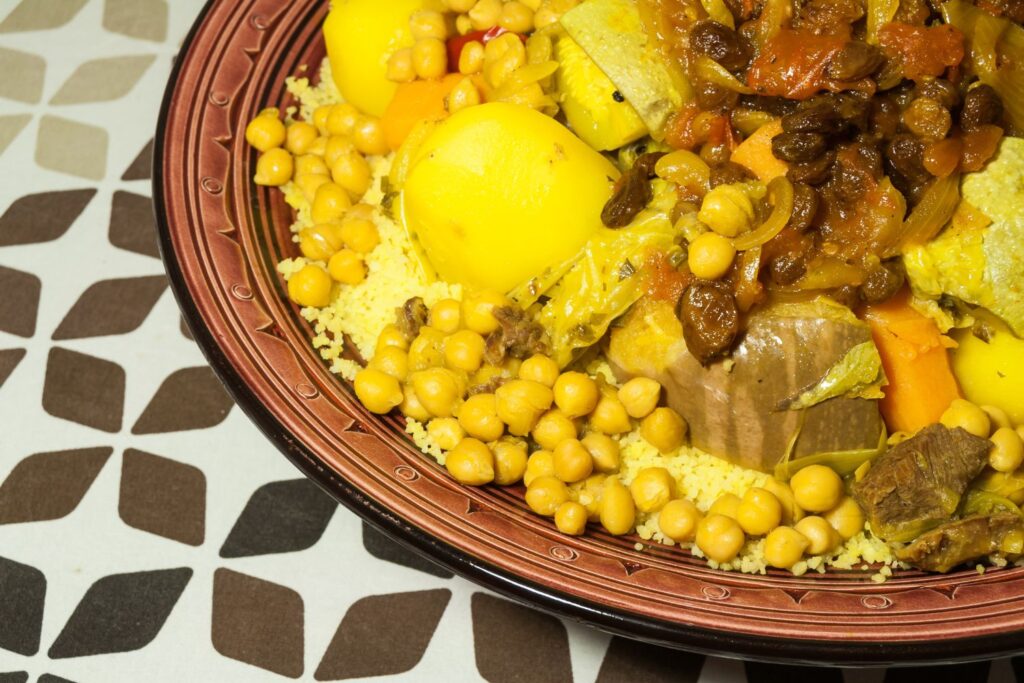
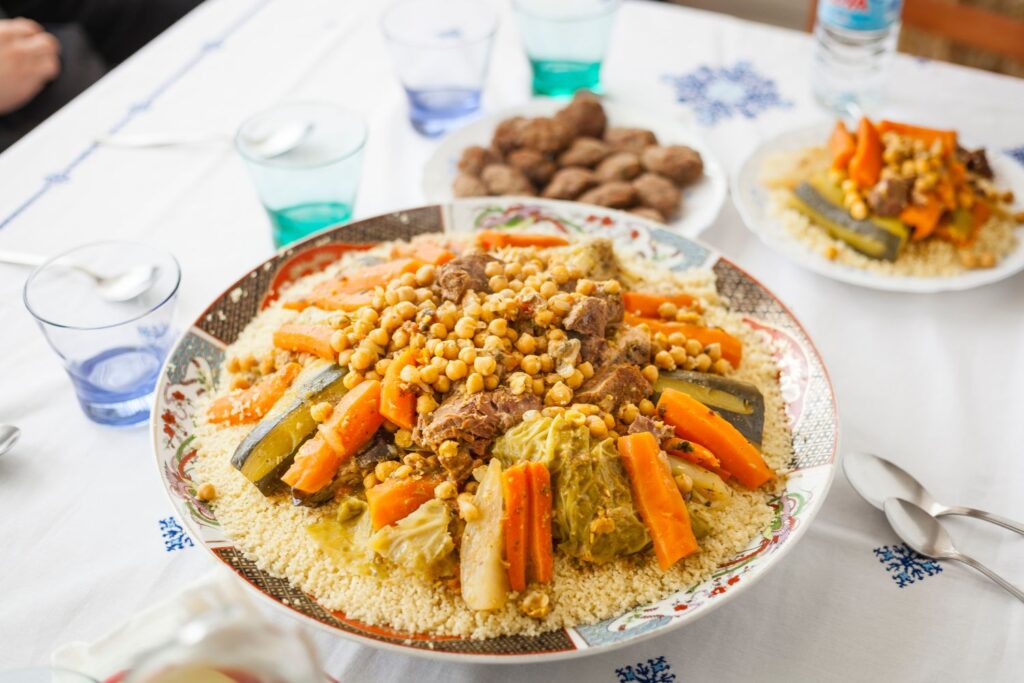
The Art of Mint Tea
No discussion of Moroccan cuisine is complete without mentioning the art of mint tea, or “Atay.” Served in ornate glasses, this sweet and fragrant green tea is infused with fresh mint leaves and generous spoonfuls of sugar. It’s a symbol of Moroccan hospitality, and sharing a cup of mint tea is an integral part of the culture.
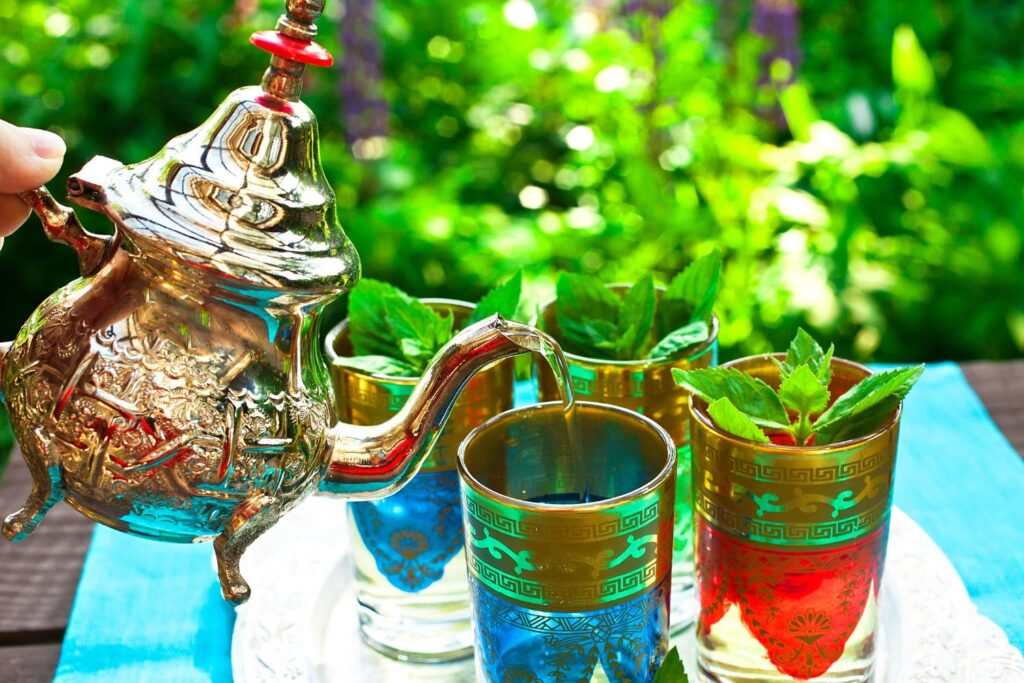
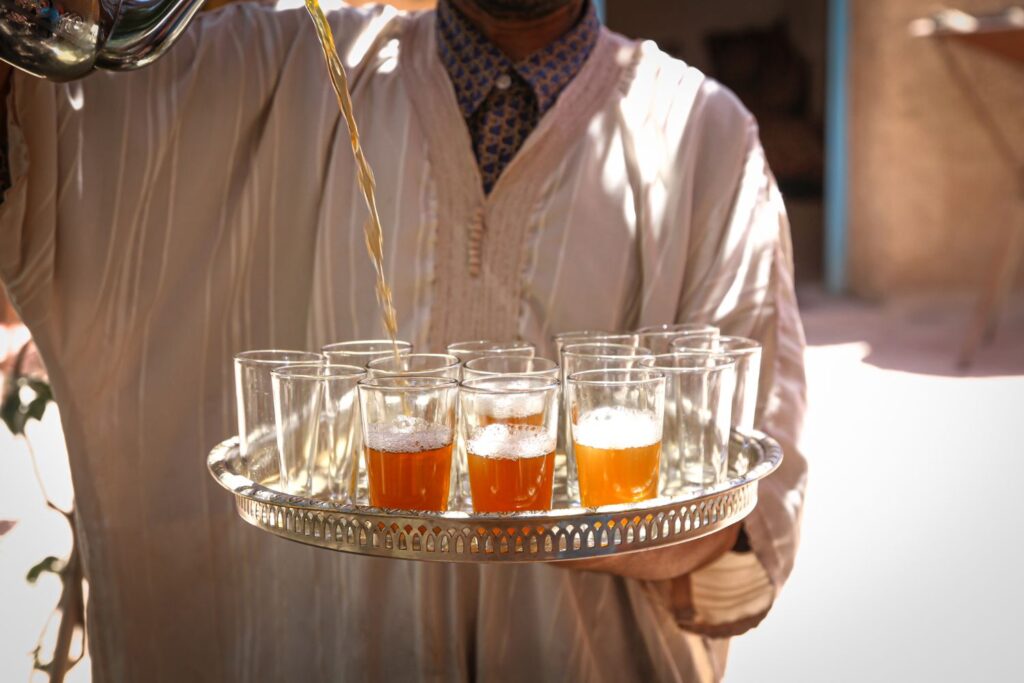
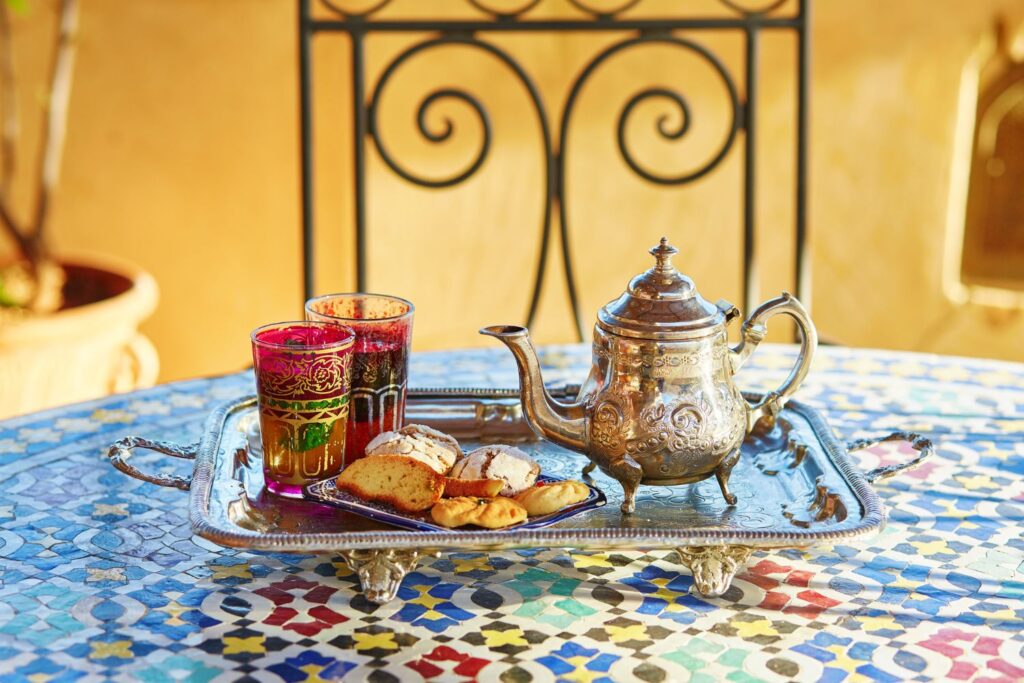
Street Food Delights
Exploring the bustling streets of Morocco’s medinas (old towns) reveals a world of delectable street food. From savory pastries like “pastilla” to fried fish sandwiches and sizzling kebabs, street vendors offer a sensory journey through Morocco’s culinary traditions.
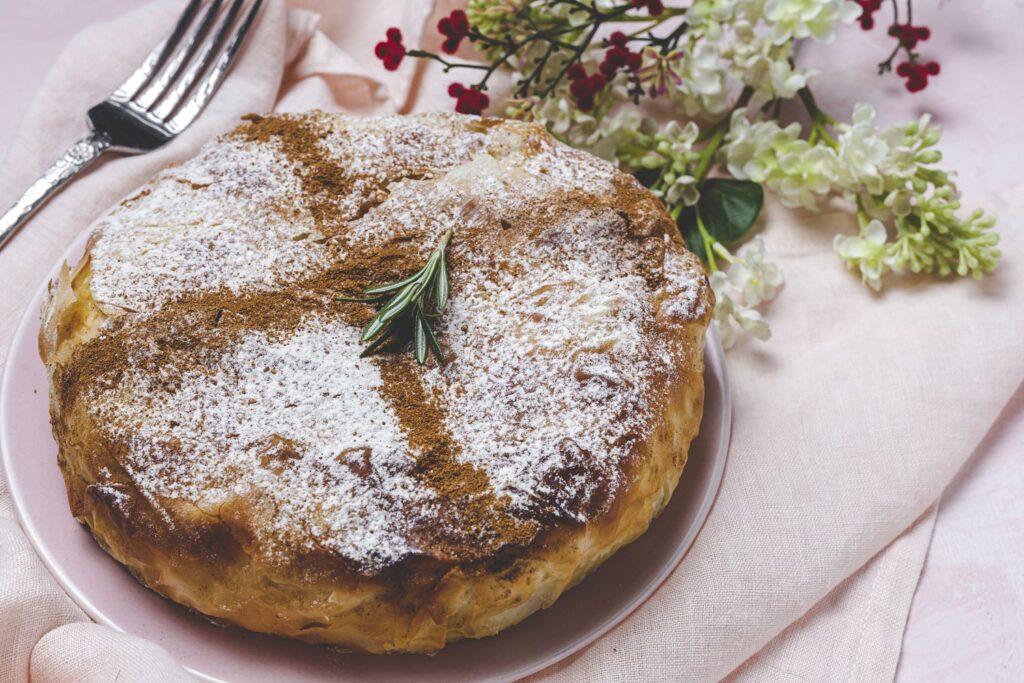
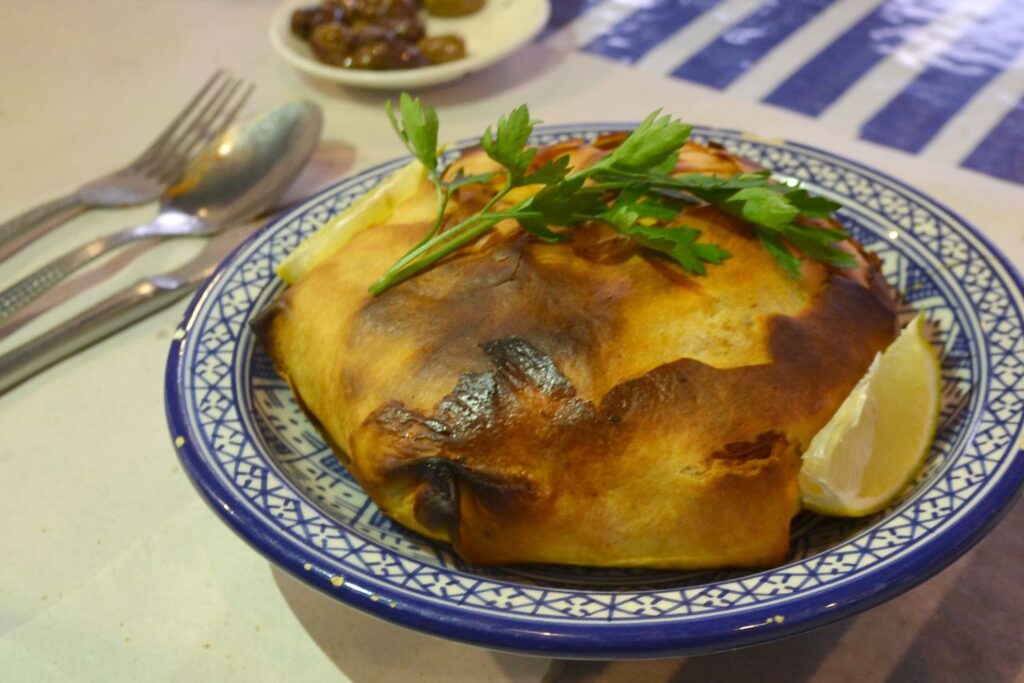
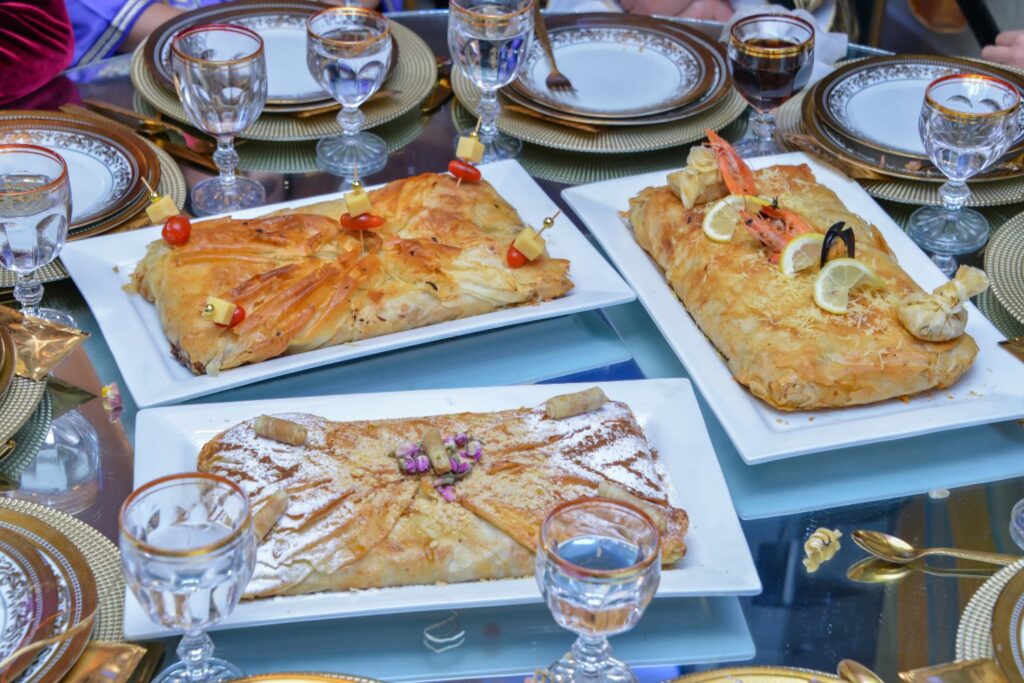
Harira: The Soup of Ramadan
During the holy month of Ramadan, Moroccans enjoy a hearty soup called “Harira” to break their fast. This comforting dish is a combination of tomatoes, lentils, chickpeas, and various spices. It’s not only nourishing but also symbolizes togetherness and tradition during this sacred time.
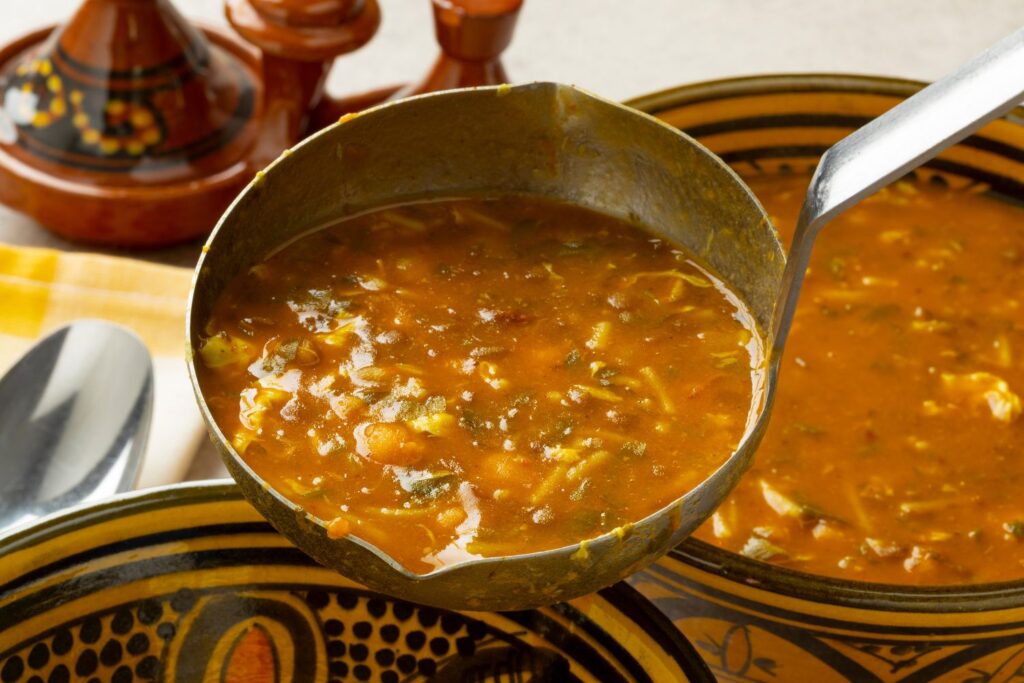
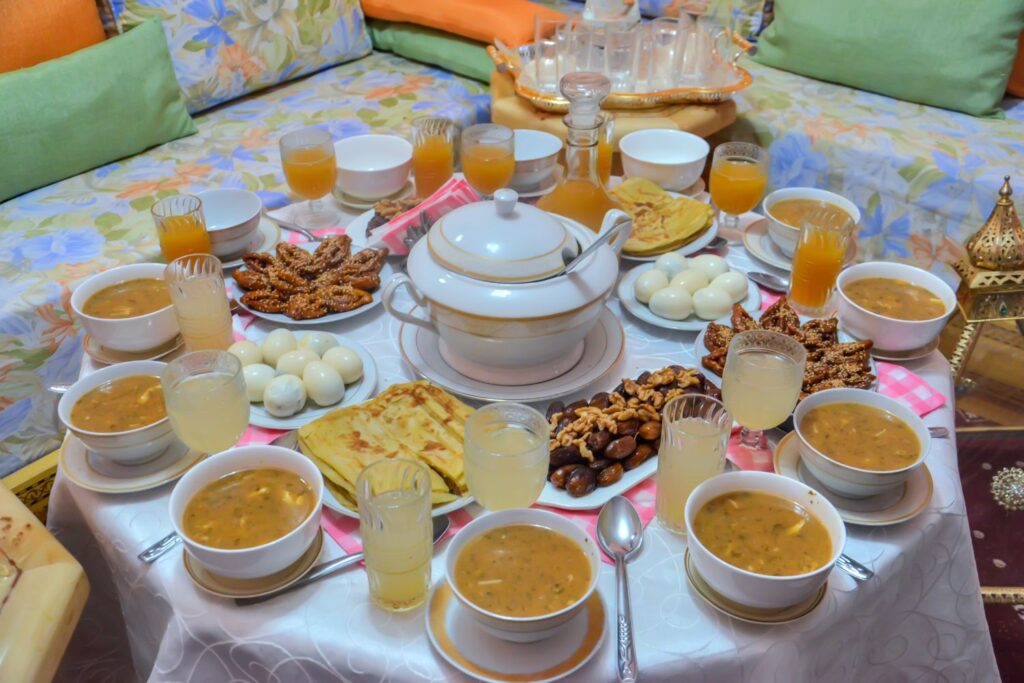
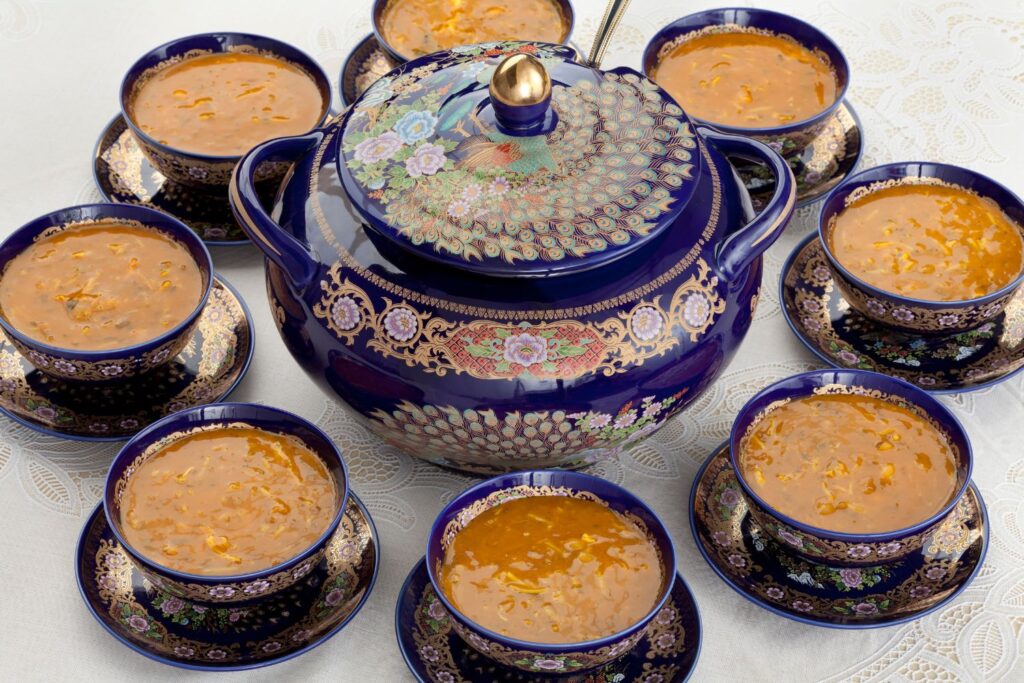
Preserving Culinary Heritage
Moroccan cuisine is not just about flavors; it’s a celebration of heritage and tradition. Passed down through generations, recipes are treasured family secrets. Many families take pride in their unique spice blends and traditional cooking methods, ensuring that the legacy of Moroccan cuisine endures.
Exploring Moroccan Markets
A visit to Morocco wouldn’t be complete without a stroll through its vibrant markets. Here, you can taste exotic fruits, sample aromatic spices, and watch as artisans handcraft traditional delicacies like honey-soaked pastries and almond-studded nougat.
The Joy of Sharing
Moroccan cuisine is not merely about sustenance; it’s about bringing people together. Meals are a communal affair, with family and friends gathering around a table to savor the flavors, share stories, and enjoy each other’s company. Hospitality is a cherished tradition, and guests are always welcomed with open arms and a spread of delicious dishes.
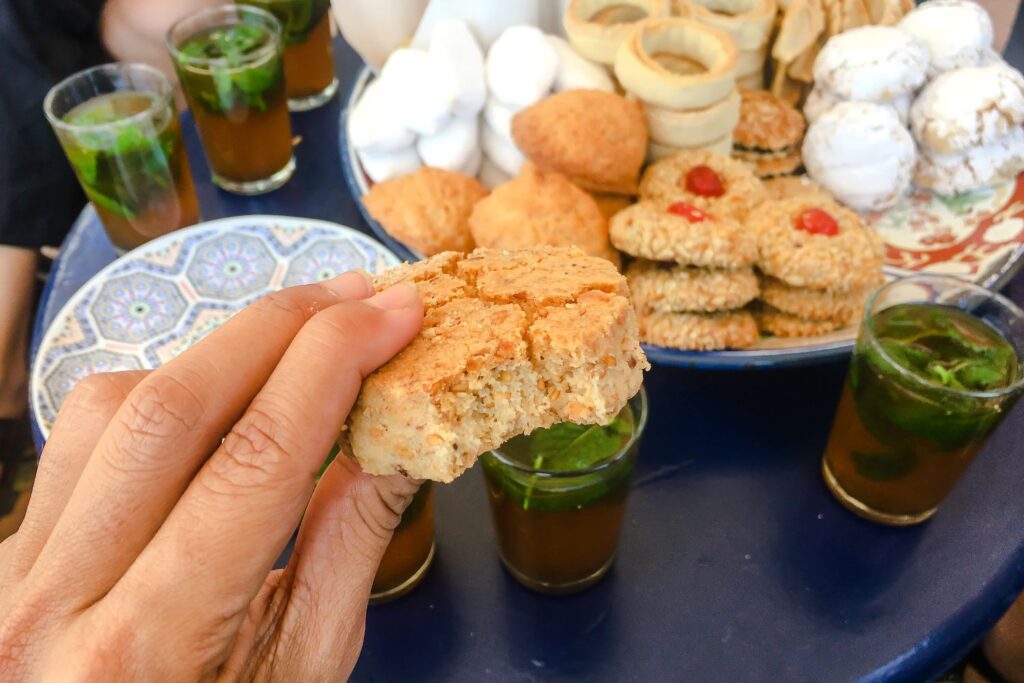
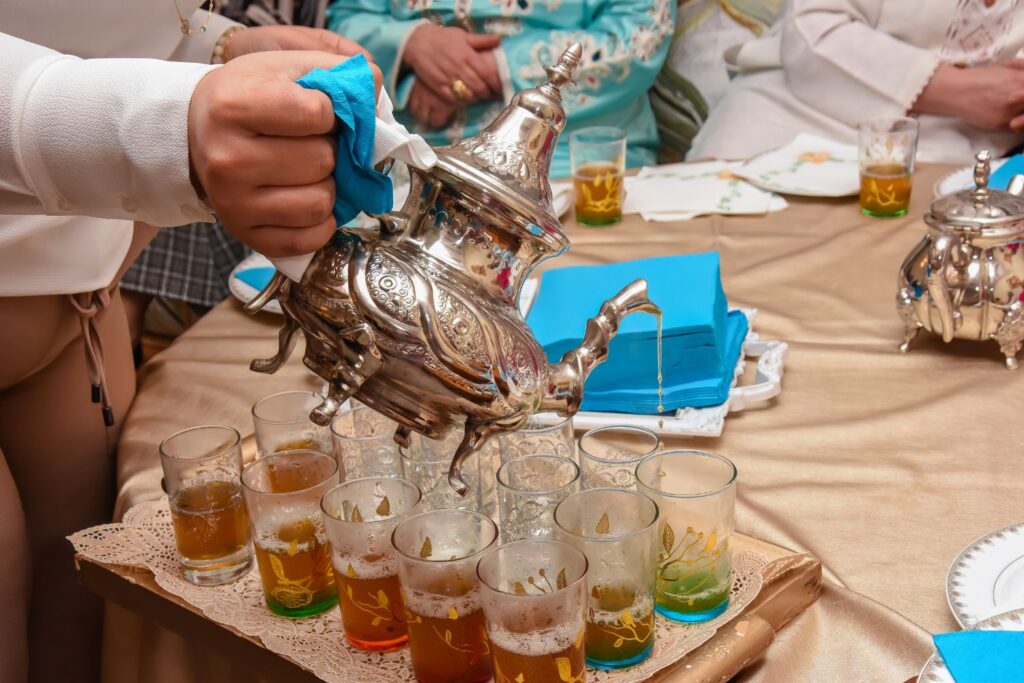
Moroccan cuisine is a sensory journey through centuries of history and culture. From the fragrant tagines to the sweet mint tea, each dish tells a story of Morocco’s diverse influences and enduring traditions. So, whether you’re savoring a steaming bowl of harira, indulging in a tagine feast, or sipping mint tea in a bustling souk, you’re not just enjoying food—you’re experiencing the essence of Morocco itself.